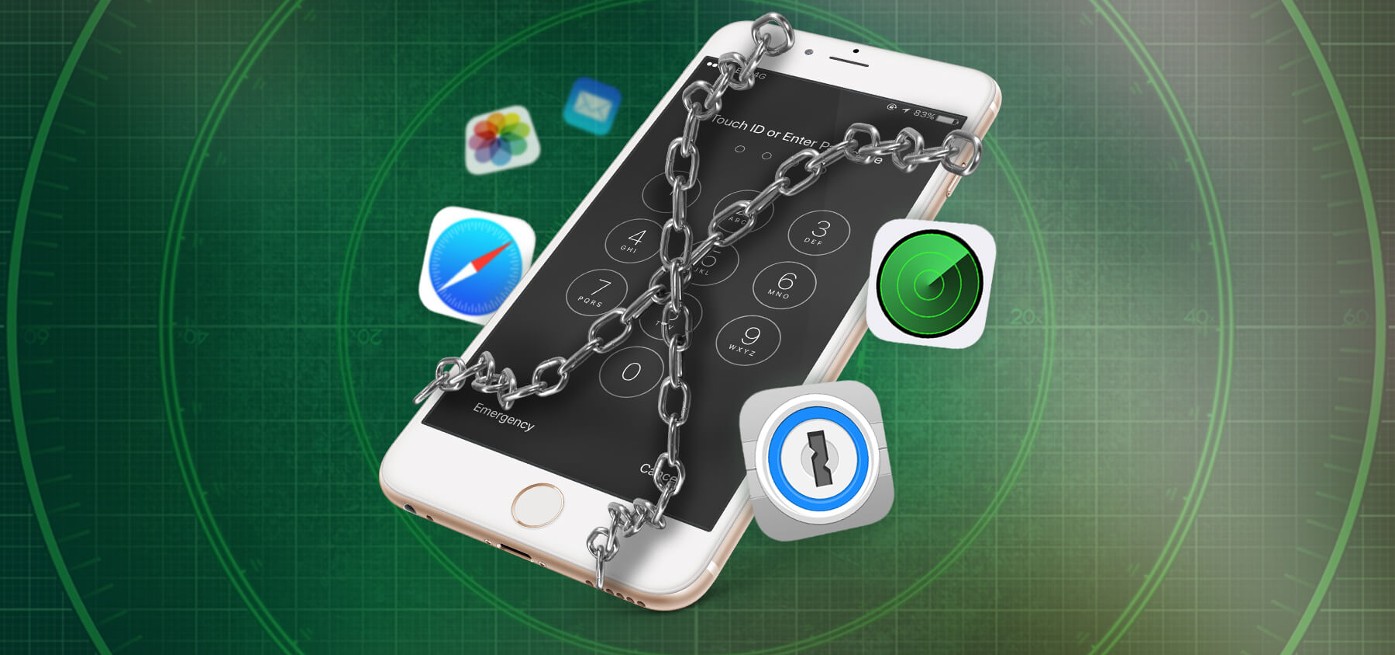
How to Build a GPS Jammer at Your Home
Here’s a step by step guide on how to build your own GPS jammer. Below are the main steps we are going to introduce in

Cell phone signal jammers have become increasingly prevalent in examination halls to prevent cheating and maintain the integrity of the testing environment. Before delving into how these devices work, it is essential to understand the basic functioning of cell phones and the principles behind signal interference.
Cell phones, being one of the primary communication tools, rely on wireless signals to make and receive calls. These devices are capable of receiving signals emitted by nearby base stations, enabling users to establish wireless connections. It is important to note that wireless signals primarily rely on the transmission of electromagnetic waves for communication.
Different mobile network operators utilize various frequency bands for their wireless signals. This means that each operator operates within a specific frequency range, which is unique to them. Consequently, cell phones are designed to be compatible with the frequency bands used by different operators.
Cell phone signal jammers, commonly employed in examination halls, interfere with the wireless signals emitted by cell phones. These devices operate on the principle of blocking or disrupting the communication between the cell phone and the base station. By emitting a stronger signal within the same frequency band, the jammer overwhelms the weaker signals emitted by cell phones, rendering them ineffective.
Cell phone signal jammers function by transmitting radio waves within the frequency range used by cell phones. These radio waves interfere with the signals transmitted by cell phones, preventing them from establishing a connection with the base station. The jammer emits a powerful signal that disrupts the communication between the cell phone and the network, effectively blocking all incoming and outgoing calls, text messages, and data transmission.
Cell phone signal jammers play a crucial role in maintaining the integrity of examination halls by preventing unauthorized communication during tests. By understanding the basic functioning of cell phones and the principles behind signal interference, it becomes clear how these devices effectively disrupt wireless communication. As technology continues to advance, it is essential to develop robust strategies to counteract potential misuse of cell phones in sensitive environments.
Our frequency checker tool will help you check all frequency bands used in all country.

Here’s a step by step guide on how to build your own GPS jammer. Below are the main steps we are going to introduce in

In today’s digital age, our lives are more connected than ever before. We rely on our smartphones for communication, entertainment, and information. However, with this

Signal jammers are devices that deliberately transmit signals on the same frequencies as telecommunications and GPS devices, such as mobile phones, GPS trackers, and even

Understanding Signal Blocker: How It Works and Its Applications Signal Blockers are devices that can disrupt mobile phone signals, preventing them from connecting to base

The Application and Benefits of High-Power Signal Jammers Enhancing Signal Blocking Efficiency in Various Environments In today’s technologically advanced world, the need for effective signal

Considerations for Purchasing Exam Room Signal Jammers Ensuring Effective Signal Jamming for Exam Integrity As the year approaches its end, many schools are preparing for

The Importance of Monitoring and Signal Interference Measures During Examinations During examination periods, it is crucial to closely monitor the examination venues and their surrounding

Selecting the Appropriate Cell Phone Jammer for Theaters and Auditoriums Overcoming Challenges in Installation and Maximizing Signal Disruption The Importance of Cell Phone Jamming in

Remote Control of Cell Phone Jammers via Smartphone: A Possibility? With the rapid development of the Internet of Things (IoT), numerous smart home devices have

Supplying high quality signal jamming devices since 2010. The only jammer store you can trust.
Jammer Master © 2024. Premium Signal Jammer Supplier Since 2010.